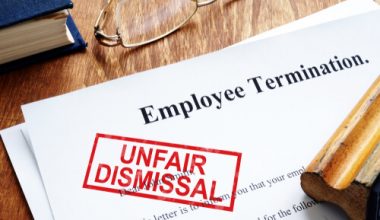Are you looking for a way to improve the competitiveness of your business in the current environment? If so, you must make sure you pay close attention to your supply chain. Right now, supply chains are under a tremendous amount of stress, and there are businesses that appear to make the same mistakes over and over again. If you can identify possible mistakes ahead of time, you can plan proactively, preventing them from sinking your company. What are a few examples of common mistakes that companies make when they are trying to plan their supply chains? Learn more below, and do not hesitate to reach out to an expert who can help you.
#1. Not Sourcing Close To Home
If you want your supply chain to be successful, the first thing you need to do is consider your strategic sourcing practices. How are you going to find the right inventory to help you fulfill your orders? Even though you might be tempted to take a look at options overseas, it is always better to source closer to home in the current environment. That is because you can reduce your risk if you can shorten the amount of time it takes for you to collect more inventory. When you are trying to figure out who is going to provide you with your inventory, make sure you source close to home. That can make a significant difference in your supply chain.
#2. Rushing the Launch of a New Supply Chain System
Another common mistake that companies make is launching a new supply chain system before they have tested it thoroughly. Even though you might be eager to get going, you need to make sure you audit your supply chain carefully. Make sure the software program works accordingly, and ensure everyone understands exactly what their role is. If you rush the launch of a new system, you are going to run into problems, and your customers are going to be upset. Make sure you go through all of the necessary tests, making sure the nuts and bolts have been tightened before you launch your new supply chain.
#3. Not Thinking About Transparency
When you are setting up your supply chain, you want it to be as transparent as possible. Another common mistake that companies make is not creating a supply chain that is transparent. You need to make sure you have access to all the information when you need it. For example, if your drivers are getting delayed, you need to know about that. If a customer asks you where their order is, you need to be able to answer that question. Therefore, make sure you have a software program that can provide you with this information as quickly as possible.
#4. Being Reactive Instead of Proactive
Even though you have a lot to do on a daily basis, you need to be proactive when it comes to your supply chain. There are far too many companies that do not realize something is wrong with their supply chains until it is too late. If you realize your supply chain has problems, it is already too late, and your customers are going to be impacted. Instead, you need to be proactive about your supply chain. Think about potential issues that could arise before they happen. Then, try to fix them before they ripple through the entire company.
#5. Only Choosing One Supplier
Finally, there are too many companies that only work with one supplier. Once you find a supplier you like, you probably want them to handle everything for you. After all, if they can handle one type of order, they can probably handle the others. Unfortunately, this also magnifies your risk. In the current business world, you never know when one of your suppliers is going to have to shut down. Perhaps there is a serious infection that has spread throughout the factory, and they need to close. Maybe regulatory changes have forced them to shut down. If your only supplier closes, what are you going to do? You do not want this to happen to you, which is why you need to make sure you work with multiple suppliers.
Make Sure You Plan for the Future
In the end, there are a lot of potential pitfalls you might run into when you are trying to plan your supply chain. Even though it is tempting to be reactive, and even though you might be comfortable with the current arrangement, it is important for you to anticipate potential issues ahead of time. If you can identify them in advance, you will have an easier time avoiding them. Then, when you see your competitors falling into these traps, you can get the jump on them, positioning your business to compete better in the current environment.






